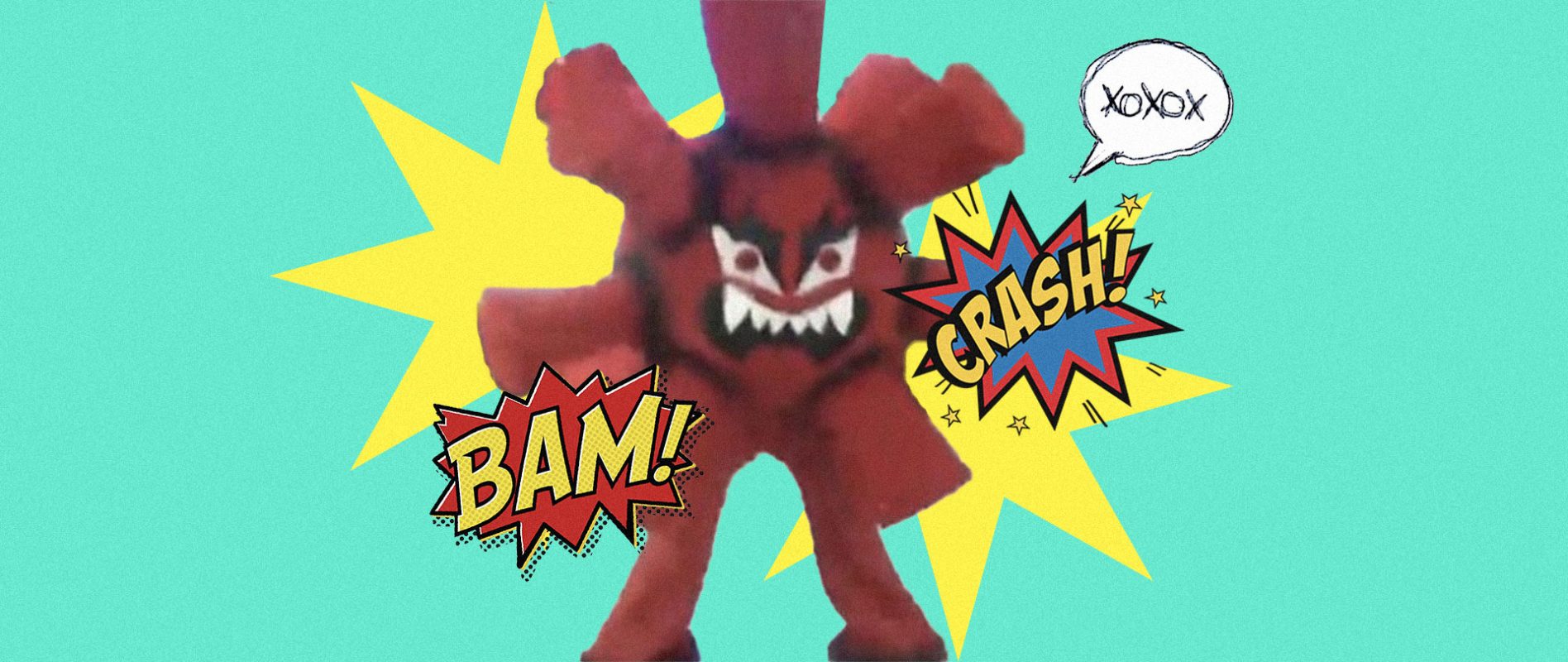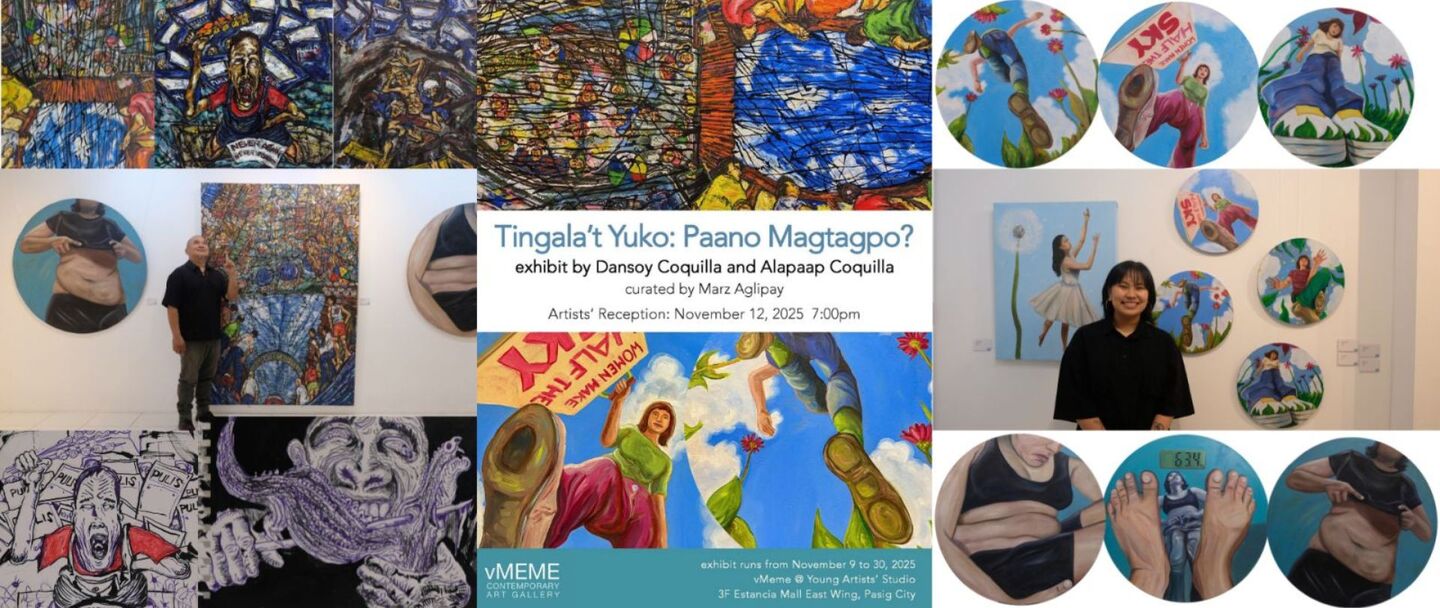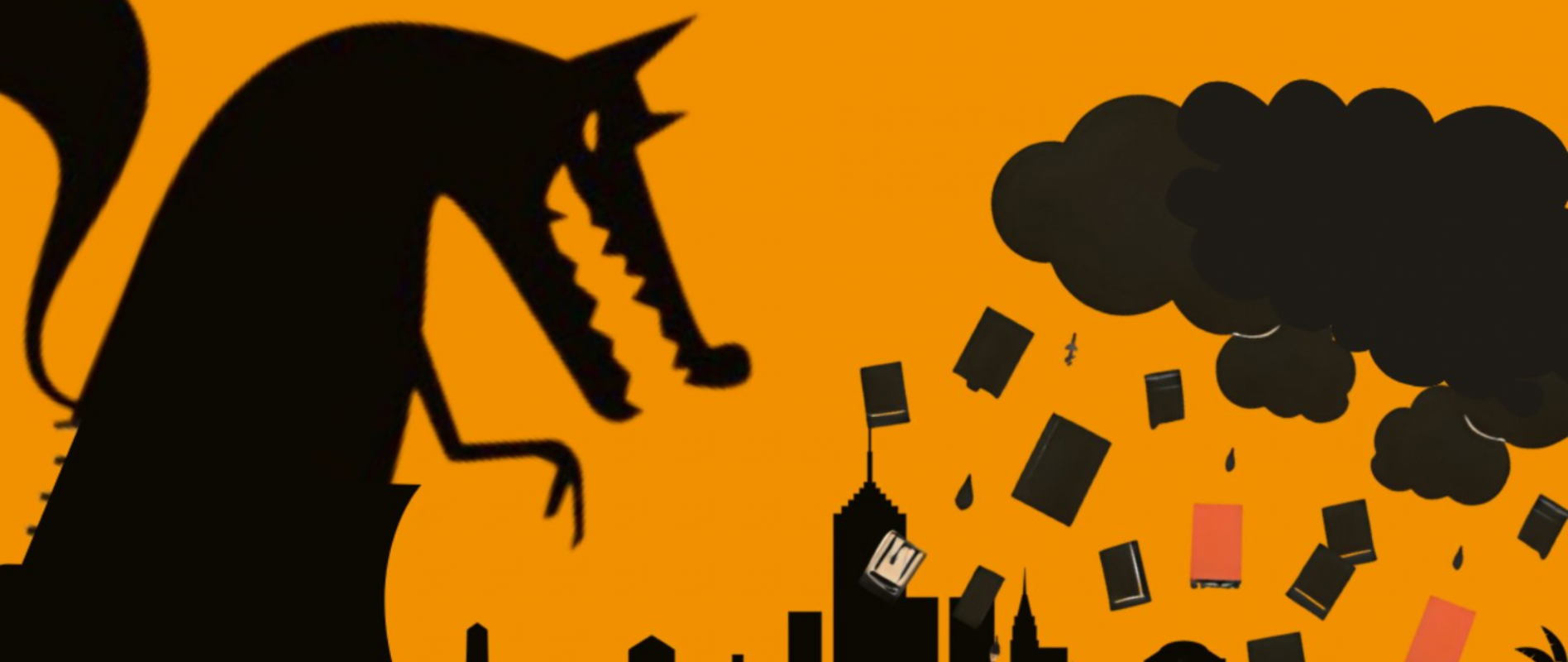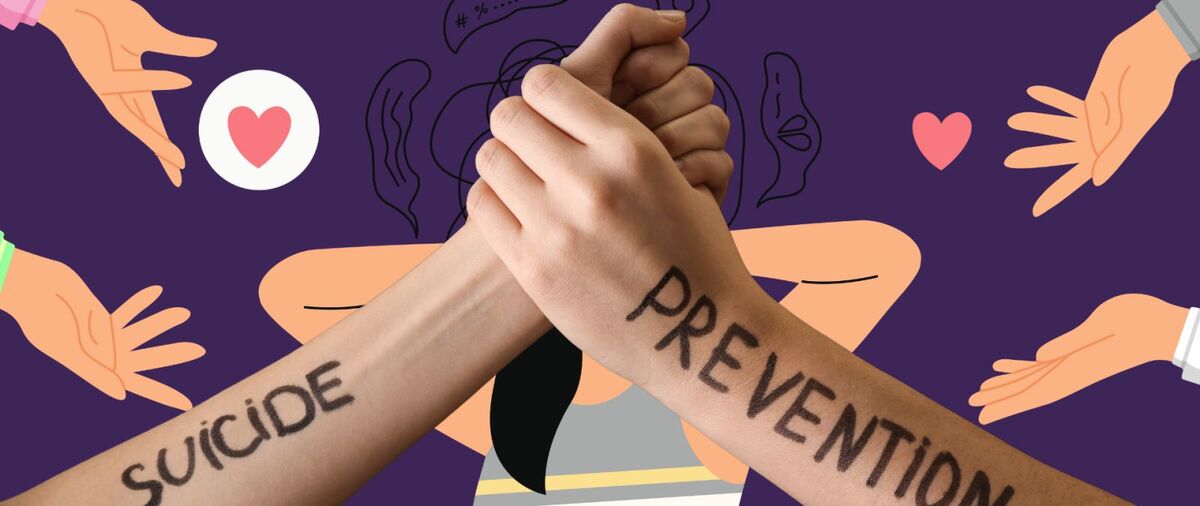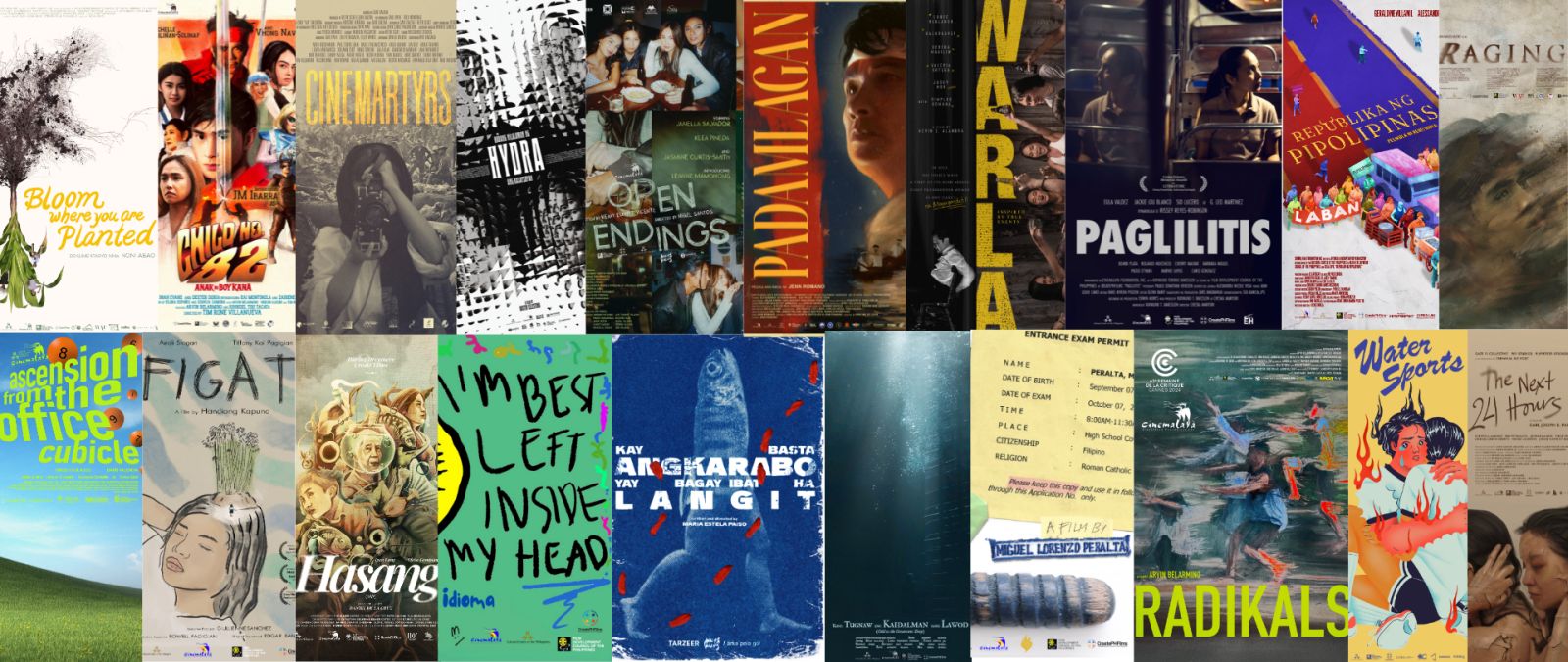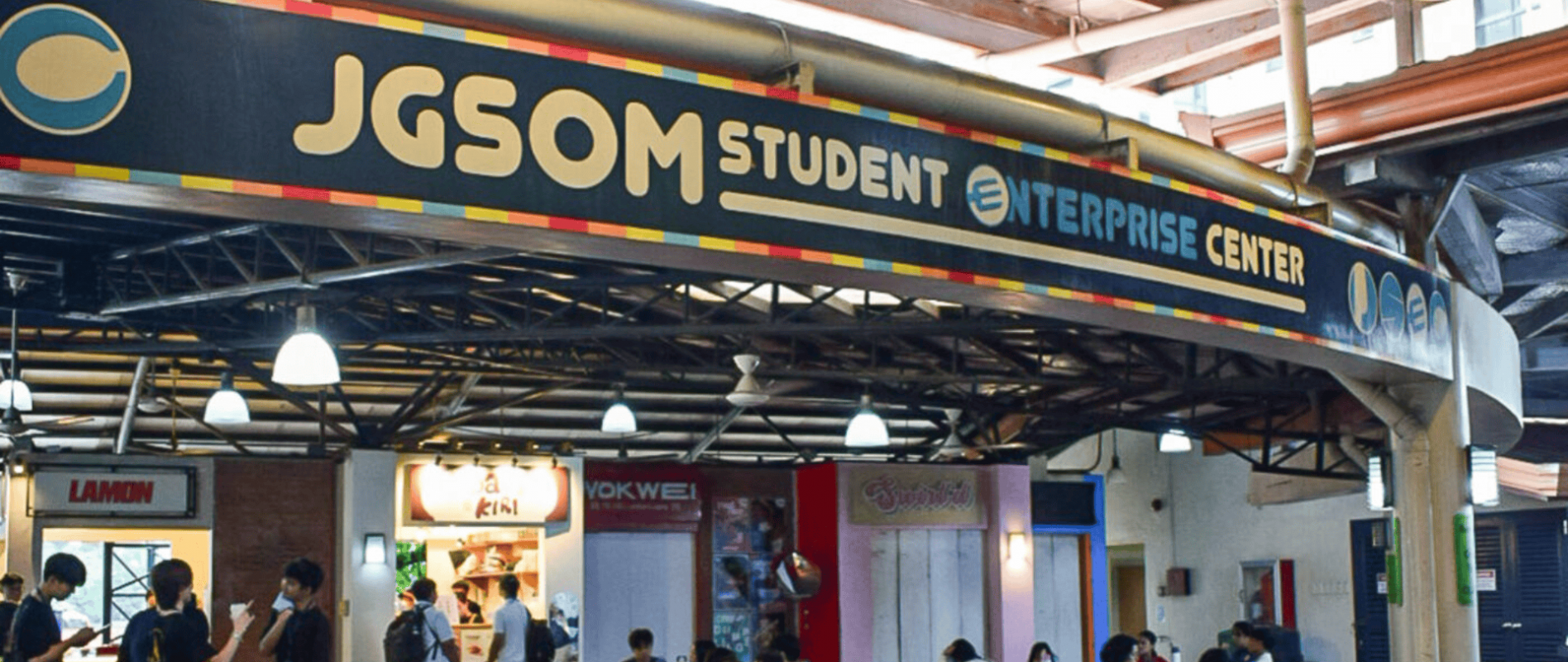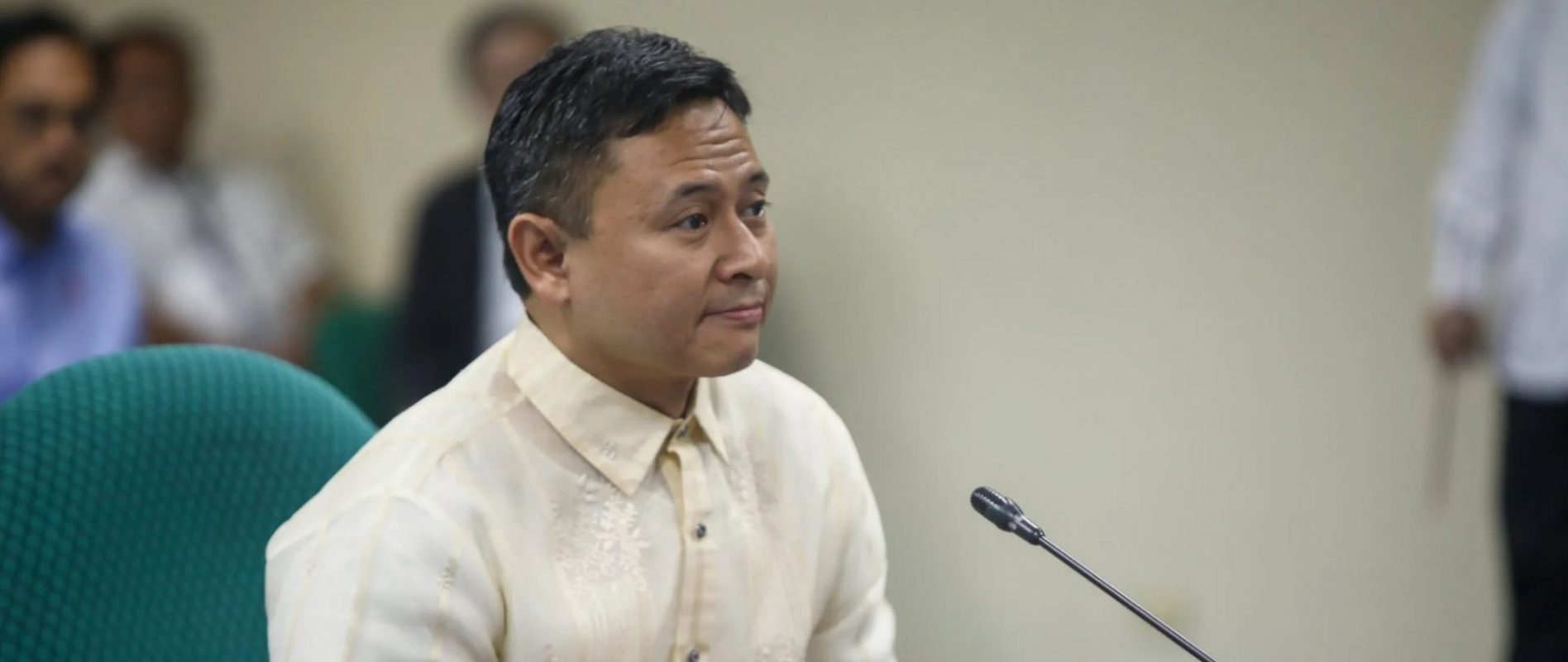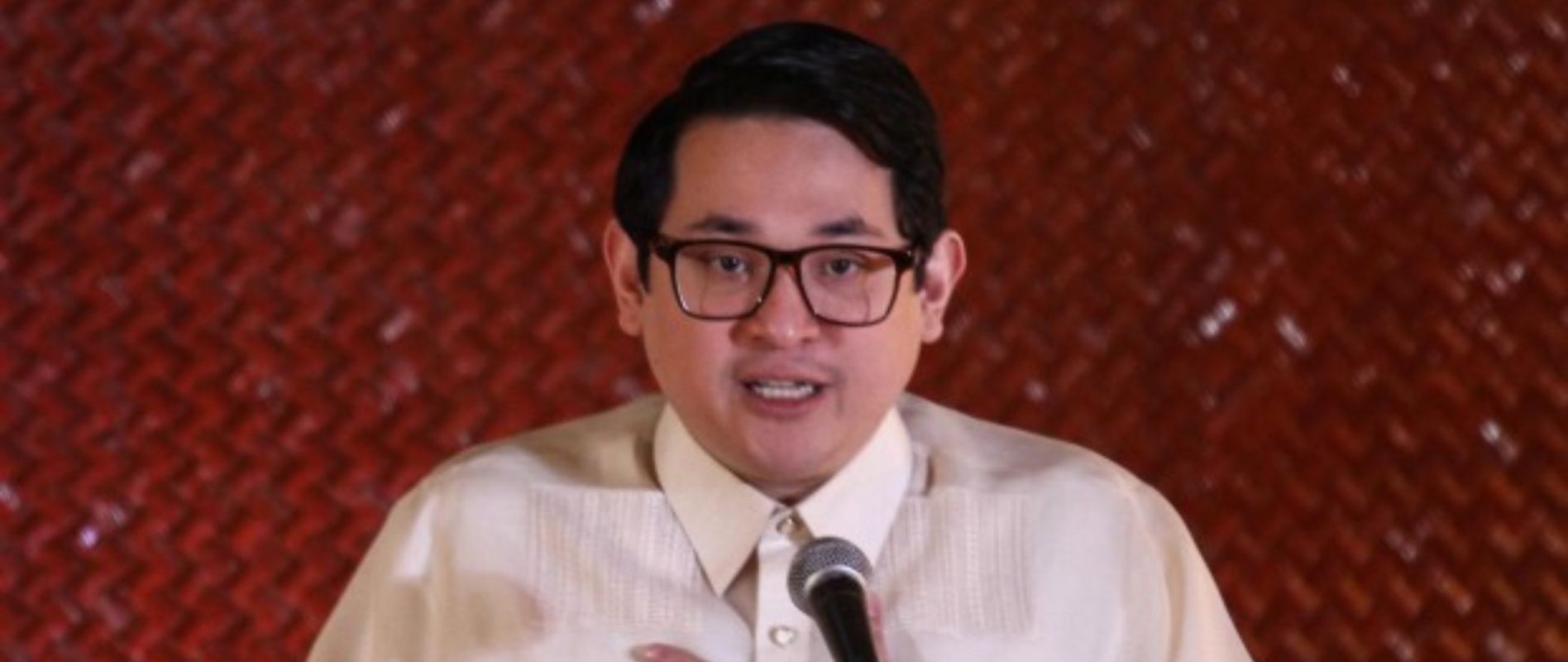IS IT TOO FUN IN THE PHILIPPINES? COVID-19 MASCOT AND DANCE NUMBER DRAW MORE FLAK THAN APPLAUSE
Leveraging on the Filipino’s fondness for fun and resilience in the time of any crisis has always been apparent. But what draws the line of its use when a dreary health crisis kept people dying and cases rising? The Internet reacts.
What’s with the fascination for mascots? In these trying times when we’re too tired of the exhausting series of issues and tragedies, we remain resilient and “positive” amidst it all. Helping us through this dire health crisis, the people, in great lengths, have fended for themselves, to fill the gaps of the government’s efforts that go from the mundane to the bizarre. But with a mascot of a deadly virus as a fun communication tactic, perhaps, it’s not the right slush of sunshine that most netizens need right now, prodding many to ask, “Is it too fun in the Philippines?”
San Pablo City thru the leadership of City Mayor Loreto S. Amante, would like to introduce “CORONA LUMAYO KA” a new trend that will remind the San Pablonians to always be cautious and take care of our health.•Face Mask is a MUST;•Practice Social Distancing; and•Always Wash your Hands#CoronaLumayoKa #UnityInProgress #SanPabloCity
Posted by DILG – San Pablo City, Laguna on Saturday, August 15, 2020
A video of a presentation showing guys fighting a virus mascot with distancing sticks to the tune of “Corona Lumayo Ka” surfaced and received criticisms and ridicule for its bizarre theatrics. The show was posted on the DILG-San Pablo City’s Facebook page and it was performed during the visit of the Inter-Agency Task Force for the Management of Emerging Infectious Diseases (IATF). The purpose of the meeting was to strengthen the partnership with the local government of Cabuyao and San Pablo in handling the COVID-19 situation–instead, they were met with a rehearsed intermission number. At the time the live feed to the video was published, The Department of Health has reported 4,351 new confirmed cases of COVID-19, bringing the Philippines’ total caseload to 157,918.
However, while the show intends to inform with its entertaining antics, it was branded as senseless and distasteful to find entertainment on a serious topic where many people are actually dying. The curve is yet to flatten, the lockdown is still in place, the government calls its people ‘pasaway’—not even our nation, once deemed as one of the happiest countries in the world, can take this matter even lighter. While others remain hopeful in the use of entertainment and cling on the locals’ fun demeanor in dreary events, it’s not always a time for “More Fun In The Philippines” in social media.
Here are some reactions that are too real, it’s funny:
Harry Potter and the Hopelessness I'm Feeling Right Now pic.twitter.com/tQ3jzUnffQ
— Jai Cabajar (@jaicabajar) August 16, 2020
ONLY IN THE PHILIPPINES aka #COVIDLANDIA
Where billions of COVID funds are unaccounted and gone
Where thousands of COVID cases recover overnight
Where the best and brightest tabogos rule in mayhem and chaosMass testing, hindi mascot!#StDuque #IATF #MECQ pic.twitter.com/Az8JZuXAeZ
— ???????????????? ????????????????????????????????????Ø ???????????????????????????????? (@MontoGawe) August 17, 2020
Kung yung effort na gumawa ng mascot ay = sana sa effort na gumawa ng plano. Ano ba kasi ang goal ng gobyerno? To eradicate covid, to entertain fools or to baffle & annoy Filipinos with their utter incompetence til we just sigh & give up? https://t.co/BqYLfHU5QA
— karen claridad (@k_claridad) August 17, 2020
amazing the philippines turned COVID-19 into the 2019 SEA Games
1.) Similar slogans
2.) Number 1 in the southeast asian tally
3.) Organized by government (incompetence)
4.) Stupid round mascot
5.) Fucking stupid round mascot— Blaze ???????????? (@imawolfcat) August 17, 2020
It’s not the first that we’ve seen mascots receive criticisms. Mayor Joy Belmonte has her own mascot way back on her election campaign, which people were quite baffled with the uncanny figure and finds uneasiness with its glorification and its dancing. But she carried on with it and videos showed how her constituents met it with pleasantries. Then there was also the issue of our 2019 SEA Games mascot, Pami, which was heavily criticized for its poor design, many even calling it “a walking tumor”, raising questions on its concept, and judging its execution as probably made with a basic editing tool with a questionable price.
But at most, people are more concerned with the budget allocated for these types of executions. While the intent is always to present positivity, representation, and information, some netizens are more worried with the amount of time and budget that could have been used for more productive outlets. Especially now that there’s pressures in limited budgets and brewing cases of corruption scandals, people are more than keen to know the creative and strategic process of these so-called efforts.
In Taiwan’s case, lauded for their fight against COVID-19 as one of the successful ones to beat it without imposing a lockdown, part of their strategy included “Humor over Rumor”. Through here, they hired comedians as consuls to look into communication strategies that its constituents can easily comprehend and abide. Some of these effective campaigns include cartoons with local humor that helped stop the hoarding of paper towels in the country.
Another, was using animal mascots such as the “spokedog”, a cute Shiba Inu that spreads information among people to rely on virtual communication for a while to avoid direct contacts. While our country’s circumstances may vary, the fact that they found an effective use of humor to a national emergency just shows that there’s many possibilities that can help ease a health crisis if only proper planning, consultation, and budget allocation are regulated.
Mascots can be fun and helpful in easing us for a while from our present woes. But perhaps, if the intent is for long-term effect, we may need to understand the why’s and how’s of its application.

